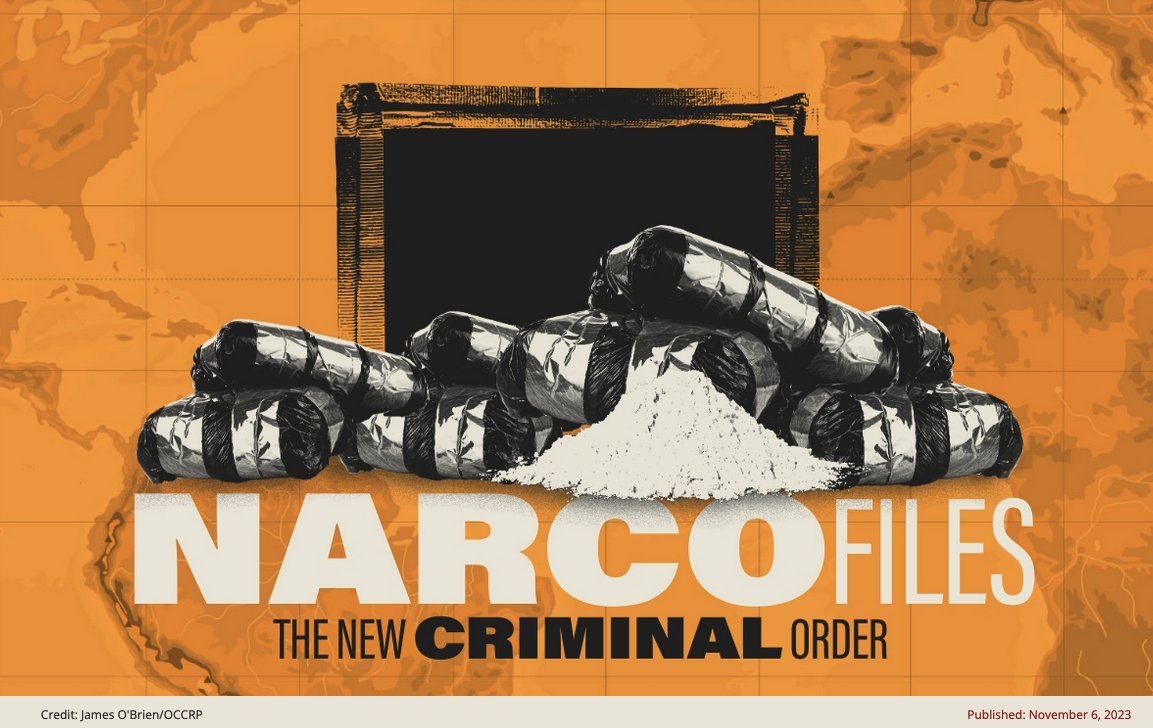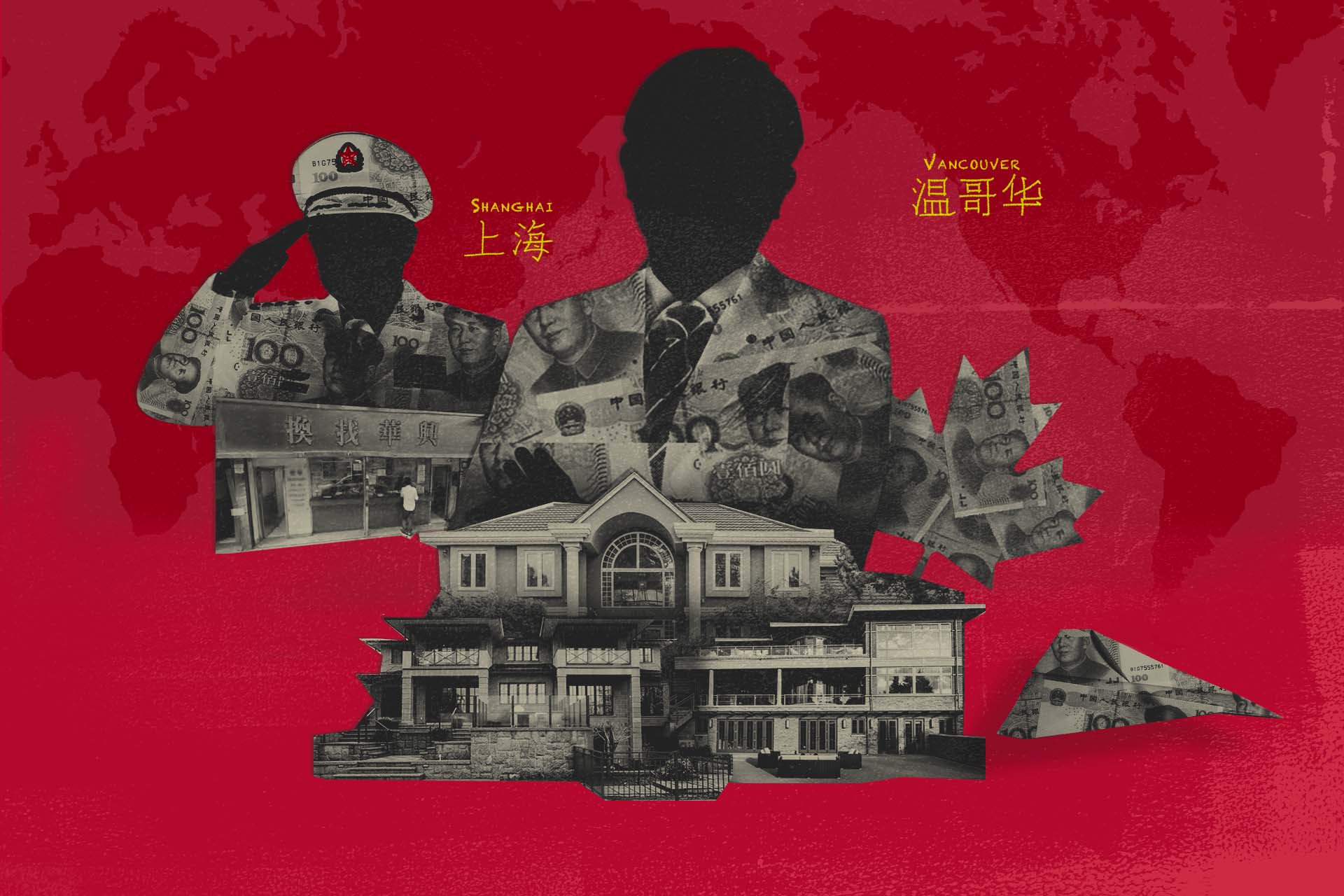NPR’s Ayesha Rascoe talks to Anat Admati, professor at Stanford University’s Business  School, about the collapse of Silicon Valley Bank and what it says about the stability of the U.S. banking system.
School, about the collapse of Silicon Valley Bank and what it says about the stability of the U.S. banking system.
AYESHA RASCOE, HOST:
The rapid collapse of Silicon Valley Bank, or SVB, on Friday has left a lot of people in the banking and financial sectors shook. Signs of trouble appeared on Wednesday, when SVB announced the sale of securities at a loss. It also sold over $2 billion in new shares to bolster its bottom line, but panic had already set in. Companies started withdrawing their money, and by Friday, trading of SVB shares had halted. The bank was shut down and went under FDIC receivership. That’s the Federal Deposit Insurance Corporation. We’re joined now by Anat Admati, professor at Stanford University’s business school. Welcome to the program.
ANAT ADMATI: Thank you.
RASCOE: How did this bank fail – it feels like in 48 hours, but was it a longer-term thing going on here? Like, what happened?
ADMATI: Oh, definitely. It was a much longer thing in that bank in particular but across the banking system more broadly. And basically, there are two main things here. One is the fact that inflation picked up, and the Federal Reserve started increasing interest rates. And when you increase interest rates, all kinds of things start happening in banking. And historically, it has often been the precursor of some trouble.
But the other thing is that there were a lot of deposits kind of sloshing around the system, a lot of people looking for what to do with the money. So what ended up happening was all this money that Silicon Valley Bank had coming was invested, some of it in loans in the Silicon Valley area to all kinds of businesses and especially startups and venture capital and others. And there were businesses that had large deposits uninsured by the FDIC, which only covers up to $250,000. And so their investments started losing money. And that was both on some of the riskier investment loans that they made but also on various other securities.
Basically, as interest rates go up, the value of previous promises to pay at lower interest rates go down. And so a lot of banks, not just Silicon Valley Bank, have a lot of losses on the actual market value of their investments. Now, you might not see that change. It might be invisible to you because they’re not selling it, so you don’t see it, basically. And it became insolvent months ago. It just wasn’t recognized as that.
RASCOE: Is there anything in the way that this bank collapsed that tells you that SVB was an outlier? Or is this a larger issue and a sign of more troubling weakness across the banking sector?
ADMATI: I think the bank had a specific configuration that made it more vulnerable. There is trouble across the board. Right now, in December, the FDIC, the Federal Deposit Insurance Corporation, reported that across the banking system, there are $620 billion of what they call unrealized losses – in other words, losses that we’re not seeing in their reports that the banks make. And that’s up from 8 billion the year before. So it’s more about seeing who’s swimming naked. As Warren Buffett said, you know, when the tide goes down, you see who’s swimming naked. So it’s really about recognizing the weaknesses in time. And that is a job of the regulators.
RASCOE: So what does it mean for a bank to go under FDIC receivership? What can the FDIC do at this point?
ADMATI: So when FDIC takes over a bank, that’s basically the equivalent of a bankruptcy that you would file for when it becomes insolvent or it starts defaulting. What they did by stepping in is they just froze everything. And they told the insured deposits that they can get access to their money on Monday, like, in one day, and that the uninsured deposits, which is majority of them – so we’re talking about over $150 billion or something like that – will get some kind of certificate for some dividend to be decided later. So they’re not getting access to cash. Now, that created a huge problem for a lot of these small businesses around here and the large depositors because they are using the bank to make payroll.
RASCOE: Our economy is kind of in this weird space right now. We have low, really low unemployment, but then we’ve got this high inflation. We keep hearing about an impending recession, but the job numbers are still looking good. And there’s some, you know, competing factors there. So does SVB’s collapse say anything about the larger economic picture? And should people be really – regular people who just kind of get their paychecks at the bank, at Wells Fargo or, you know, Bank of America – should they be worried about keeping their money in the bank?
ADMATI: No, no, definitely not. There is no question that the Federal Deposit Insurance Corporation is good for its guarantee. The FDIC essentially is backed by the government and by the Federal Reserve. They will not default on their promises to guarantee all deposits up to $250,000 per person per account. Other things that are not insured deposits – one is taking risk with those in principle. And, you know, people like higher returns, so they move money to money market funds to, you know, all kinds of other mutual funds, and then they invest. So that’s an issue. But certainly, deposits are not – deposits up to the deposit insurance limits are not a problem….npr.org








 the environmentally-destructive connection between environmental crimes and legitimate investments. F4B calls on the global financial community, working with regulators and civil society organisations, to take steps to ensure the entire financing value chain is free of environmental crimes.
the environmentally-destructive connection between environmental crimes and legitimate investments. F4B calls on the global financial community, working with regulators and civil society organisations, to take steps to ensure the entire financing value chain is free of environmental crimes. 
 transition has, since the 1990s, created a new international political and economic environment. In this context, the UK’s relations with Russia and Eurasian states are characterized in part by features of transnational kleptocracy, where British professional service providers enable post-Soviet elites to launder their money a
transition has, since the 1990s, created a new international political and economic environment. In this context, the UK’s relations with Russia and Eurasian states are characterized in part by features of transnational kleptocracy, where British professional service providers enable post-Soviet elites to launder their money a

